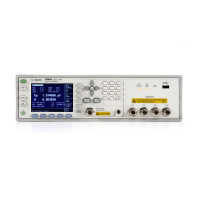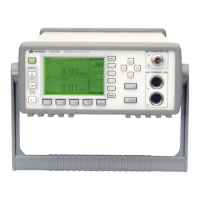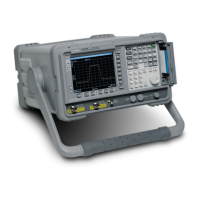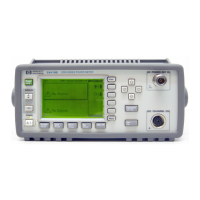Programming
1013
calculated without a part of the thru measurement data. Therefore, the
following should be considered when measuring data for the simplified full
3-/4-port calibration.
The standard used for measurement must match its definition value.
• Use a standard that provides good repeatability (stability).
• Do not omit the length of the thru when defining the standard.
• When using a user-created standard, verify the definition
value.
• For the N connector, remember that it has two different types:
male and female.
Assure high reliability and repeatability for measurement.
• Reduce the difference in external environment (such as
temperature difference) between the time when measuring
calibration data and when measuring actual data.
• Set the power level of the stimulus signal sufficiently small so
that compression does not occur.
• Narrow the IF bandwidth.
• Increase the averaging factor.
• Use a cable that has robust amplitude/phase characteristics
against bending.
• Use high-precision connectors.
Simplified 3/4-port TRL calibration
• This function is available with Firmware revision A.06.50 or
greater.
• The simplified 3/4-port TRL calibration calculates the calibration
coefficient by skipping part of the thru/line measurement (or
line/match measurement) that is necessary for normal 3/4-port
TRL calibration.
• You need to give consideration to the same conditions for the
simplified 3/4-port TRL calibration as those for the simplified full
3/4-port calibration listed above.
Turning ON/OFF Error Correction
To turn ON/OFF error correction, use the following command:
:SENS{1-160}:CORR:STAT
